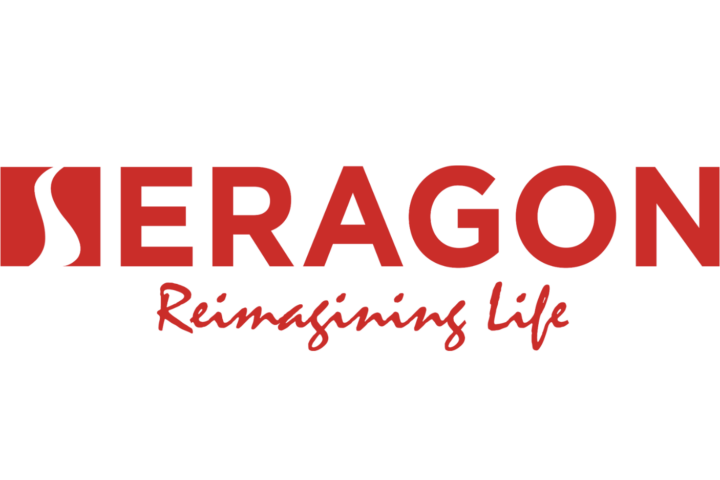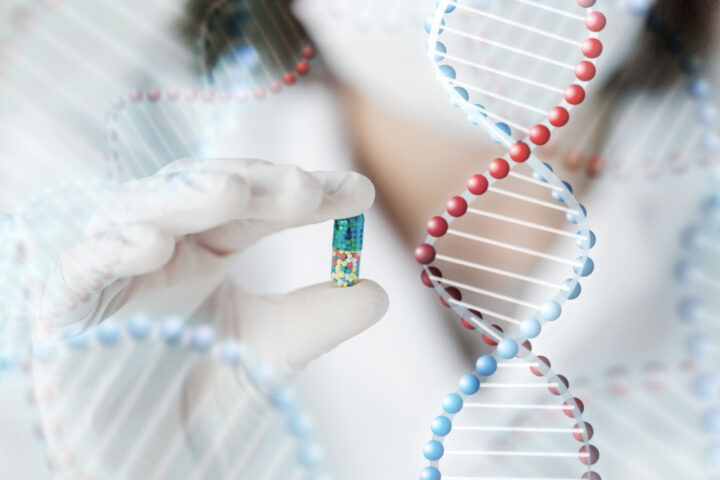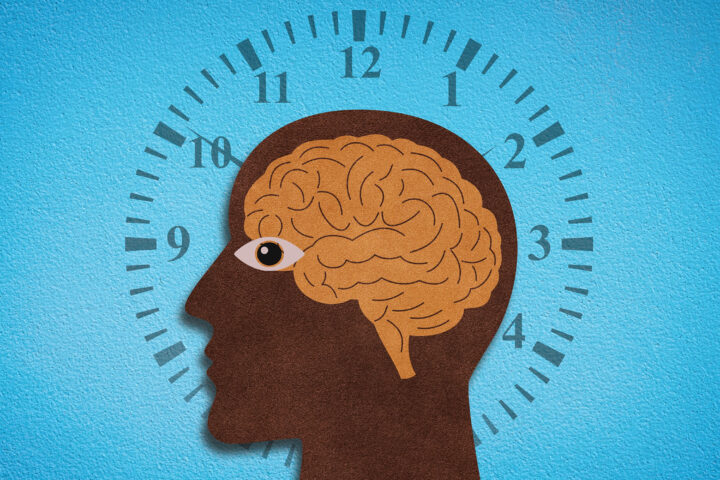Reflecting on World Population Day
World Population Day, celebrated on July 11th, highlights global population issues. One of the most significant achievements over the past century has been the dramatic reduction in mortality rates, contributing to a remarkable increase in life expectancy. This article explores the major milestones in reducing mortality, focusing on advancements in medical science, public health, and biotechnology.
The Vaccine Revolution
Vaccinations have played a pivotal role in reducing mortality from infectious diseases. The development of vaccines against diseases like smallpox, polio, measles, and more recently, Ebola and COVID-19, has saved millions of lives globally. For instance, the Global Polio Eradication Initiative, launched in 1988, reduced polio cases by over 99%, preventing millions of deaths and disabilities (World Health Organization (WHO)) (World Economic Forum).
Antibiotic Breakthroughs
The discovery of penicillin by Sir Alexander Fleming in 1929 revolutionized the treatment of bacterial infections. Antibiotics transformed once-lethal infections into treatable conditions, dramatically improving survival rates. The widespread use of antibiotics in the mid-20th century marked a turning point in the fight against bacterial diseases (MDLinx).
Combating HIV/AIDS
In 1983, the human immunodeficiency virus (HIV) was discovered, leading to the development of antiretroviral therapy (ART) by 1987. ART has transformed HIV from a fatal disease to a manageable chronic condition, significantly reducing mortality rates from AIDS (World Health Organization (WHO)).
Public Health Milestones
Public health initiatives have been crucial in reducing mortality:
- Improved Sanitation and Clean Water: Access to clean water and improved sanitation has drastically reduced deaths from waterborne diseases. Efforts to provide these basic needs, especially in developing countries, have been vital in improving public health outcomes (CDC).
- Occupational Safety Improvements: Enhancements in occupational safety have reduced workplace-related injuries and fatalities. The implementation of patient-lifting equipment in healthcare settings significantly lowered the incidence of back injuries among healthcare workers (CDC).
The Human Genome Project and Personalized Medicine
Completed in 2003, the Human Genome Project provided comprehensive insights into human genetics, paving the way for personalized medicine and targeted therapies. This breakthrough allows for more effective treatments tailored to individual genetic profiles, improving outcomes for diseases like cancer and heart disease (Brilliantio).
The Role of AI and Robotics
The integration of AI and robotics in healthcare has enhanced diagnostic accuracy and surgical precision. Robotic systems like the da Vinci Surgical System have revolutionized surgery, reducing complications and recovery times. AI-driven algorithms assist in analyzing patient data, enabling personalized treatment plans (Brilliantio).
Reflecting on a Century of Progress
The past century has seen remarkable progress in reducing mortality rates, driven by medical, public health, and technological advancements. These achievements underscore the importance of continued investment in healthcare innovation and public health initiatives to further improve life expectancy and quality of life worldwide.
Sources
- Verywell Health – Life Expectancy from Prehistory to 1800 to Today
- World Economic Forum – Medical Inventions Over the Last 100 Years
- MDLinx – Greatest Medical Discoveries in the Past 100 Years
- WHO – Public Health Milestones
- Brilliantio – Healthcare Changes Over the Past 100 Years
- CDC – Ten Great Public Health Achievements











